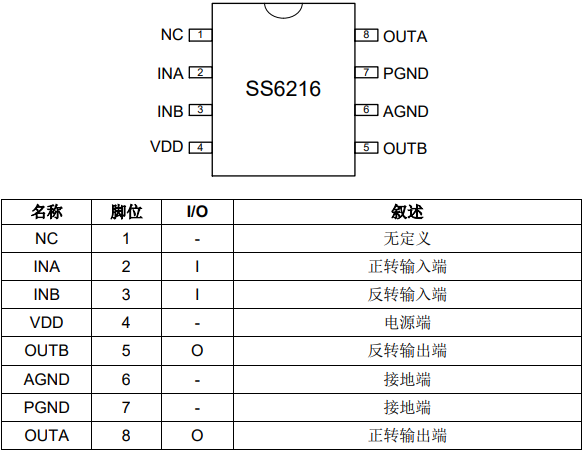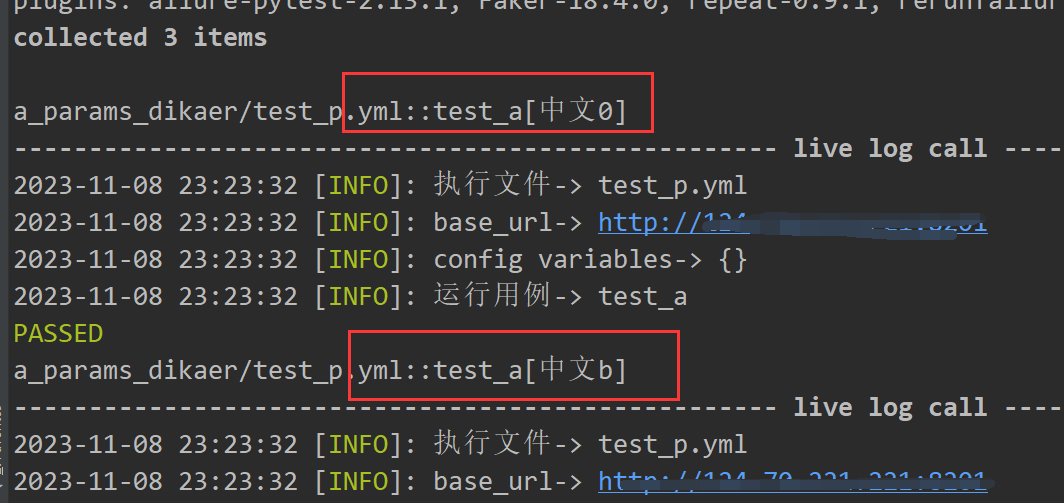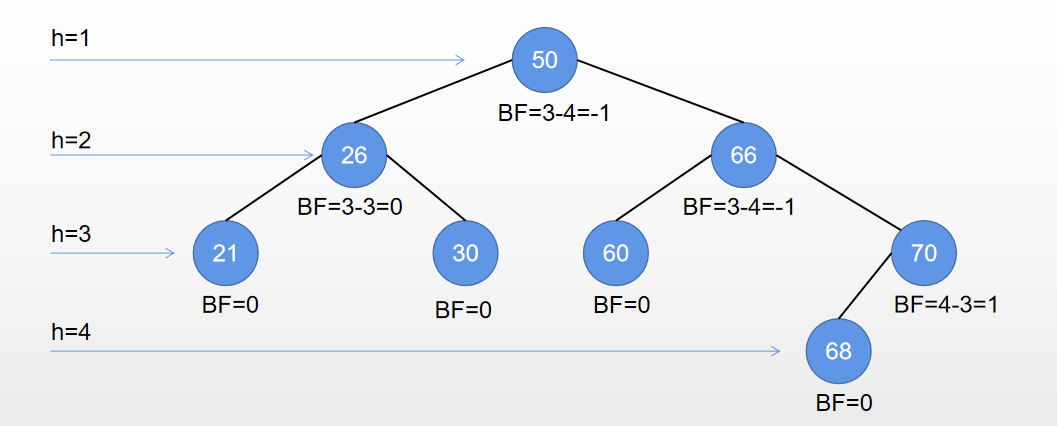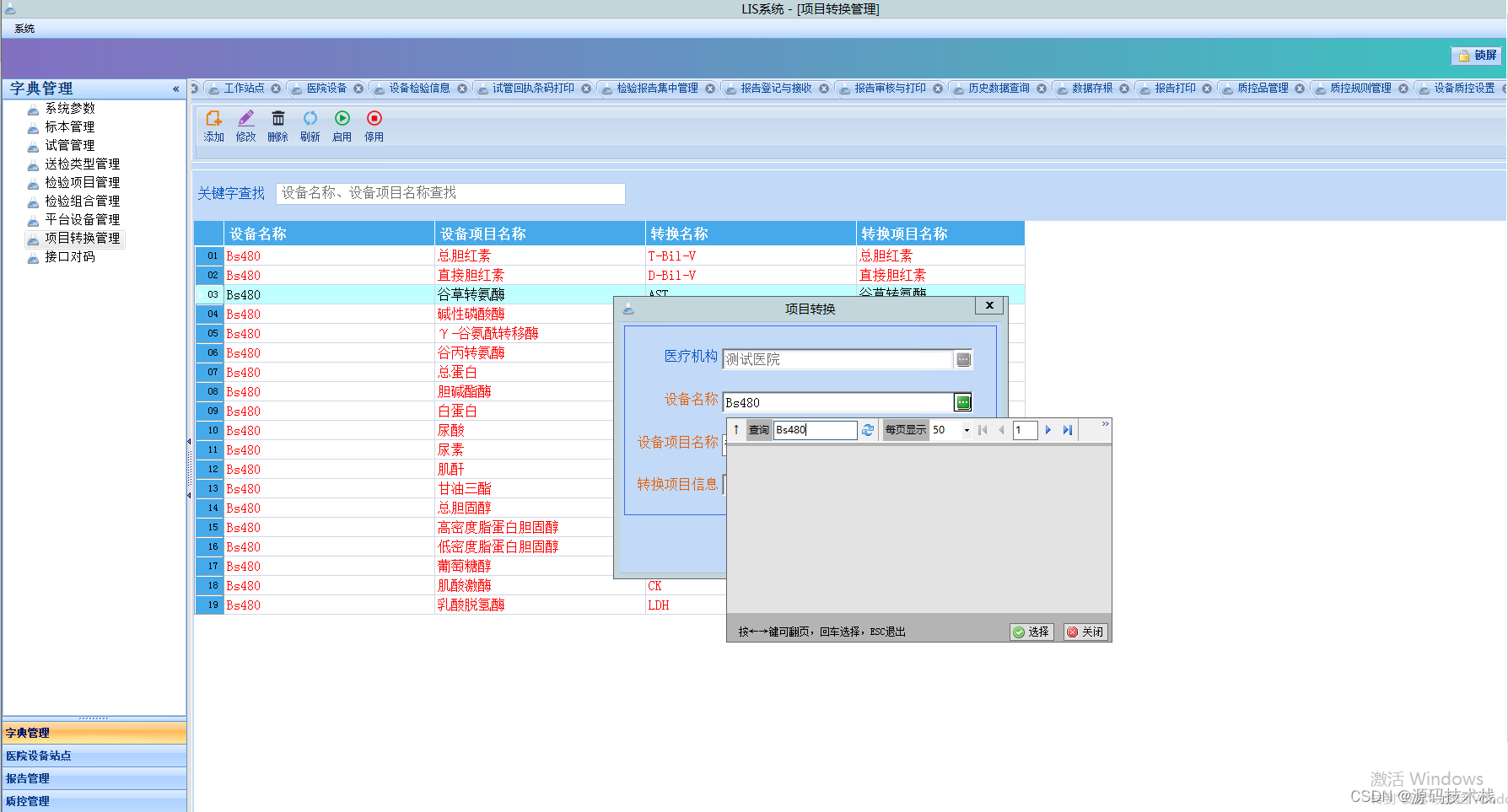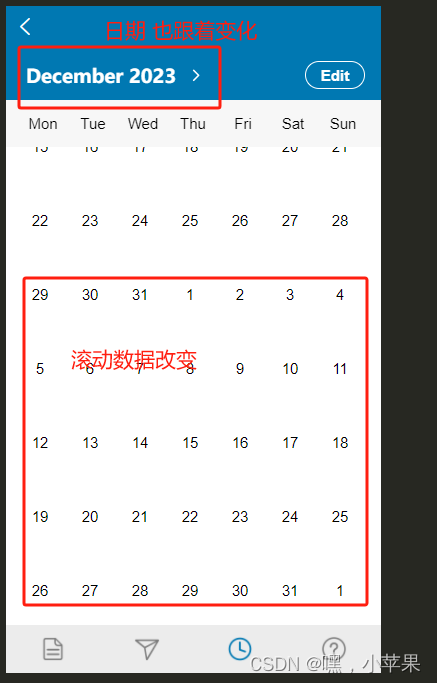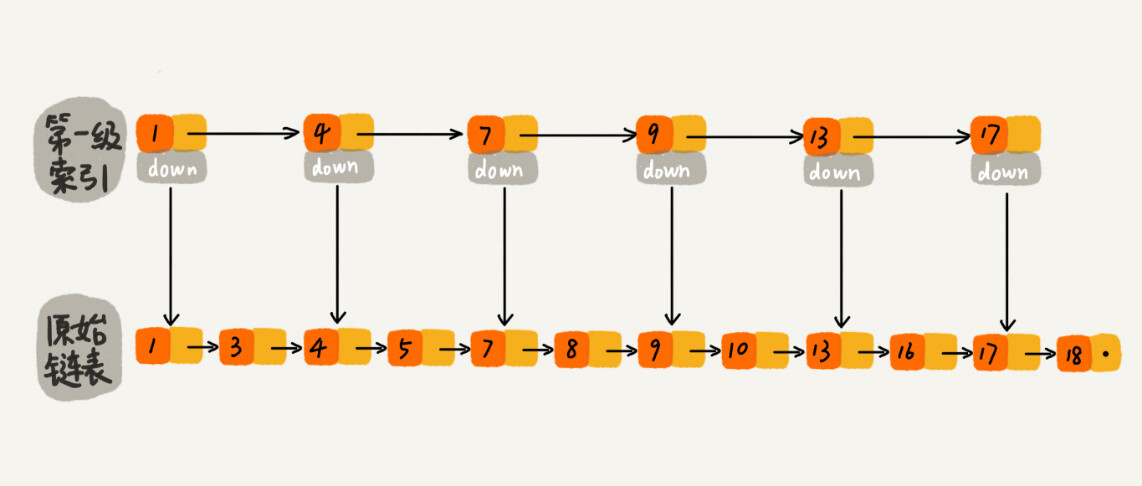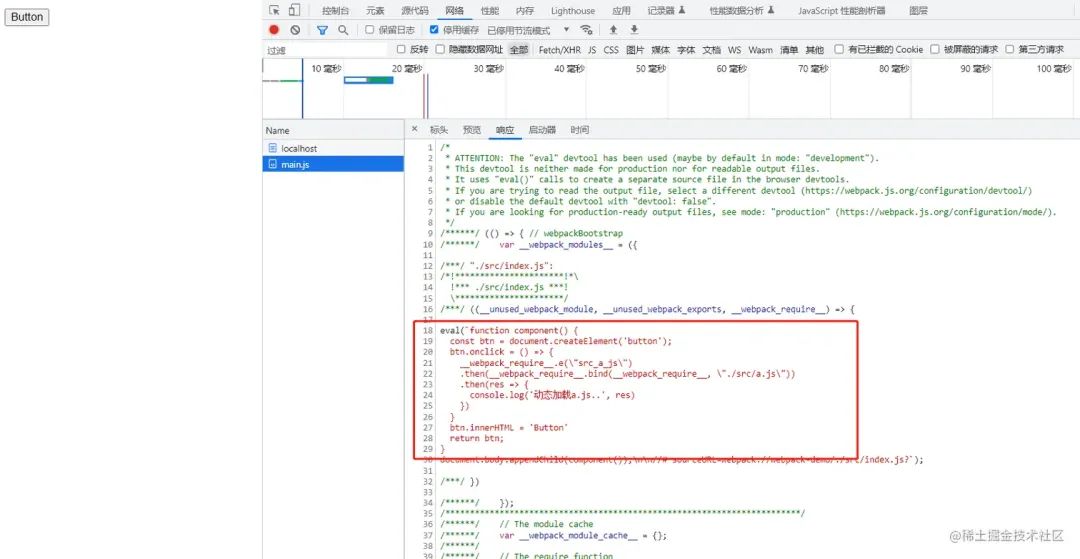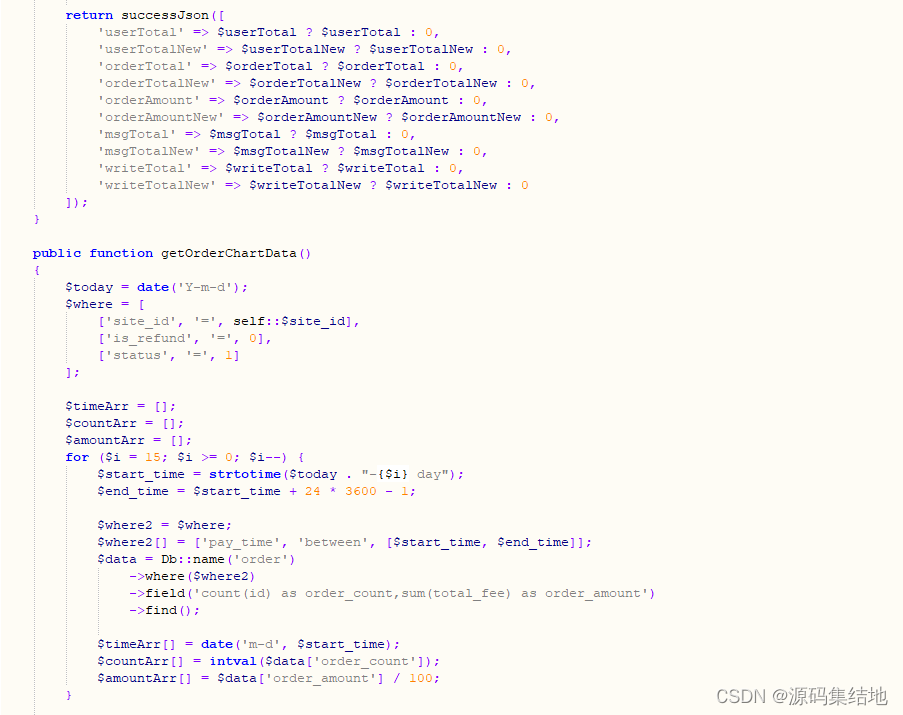| Keyword | Description |
|---|
| and | A logical AND operator. Return True if both statements are True.
| x = (5 > 3 and 5 < 10)
print(x) # True
|
|
| or | A logical OR operator. Returns True if either of two statements is true. If both statements are false, the returns False.
| x = (5 > 3 or 5 > 10)
print(x) # True
|
|
| as | It is used to create an alias.
| import calendar as c
print(c.month_name[1]) #January
|
|
| assert | It can be used for debugging the code. It tests a condition and returns True , if not, the program will raise an AssertionError.
| x = "hello"
assert x == "goodbye", "x should be 'hello'" # AssertionError
|
|
| async | It is used to declare a function as a coroutine, much like what the @asyncio.coroutine decorator does.
| async def ping_server(ip):
|
|
| await | It is used to call async coroutine.
| async def ping_local():
return await ping_server('192.168.1.1')
|
|
| class | It is used to create a class.
| class User:
name = "John"
age = 36
|
|
| def | It is used to create or define a function.
| def my_function():
print("Hello world !!")
my_function()
|
|
| del | It is used to delete objects. In Python everything is an object, so the del keyword can also be used to delete variables, lists, or parts of a list, etc.
|
| if | It is used to create conditional statements that allows us to execute a block of code only if a condition is True.
| x = 5
if x > 3:
print("it is true")
|
|
| elif | It is used in conditional statements and is short for else if.
| i = 5
if i > 0:
print("Positive")
elif i == 0:
print("ZERO")
else:
print("Negative")
|
|
| else | It decides what to do if the condition is False in if..else statement.
| i = 5
if i > 0:
print("Positive")
else:
print("Negative")
|
It can also be use in try...except blocks.
| x = 5
try:
x > 10
except:
print("Something went wrong")
else:
print("Normally execute the code")
|
|
| try | It defines a block of code ot test if it contains any errors. |
| except | It defines a block of code to run if the try block raises an error.
| try:
x > 3
except:
print("Something went wrong")
|
|
| finally | It defines a code block which will be executed no matter if the try block raises an error or not.
| try:
x > 3
except:
print("Something went wrong")
finally:
print("I will always get executed")
|
|
| raise | It is used to raise an exception, manually.
| x = "hello"
if not type(x) is int:
raise TypeError("Only integers are allowed")
|
|
| False | It is a Boolean value and same as 0. |
| True | It is a Boolean value and same as 1. |
| for | It is used to create a for loop. A for loop can be used to iterate through a sequence, like a list, tuple, etc.
| for x in range(1, 9):
print(x)
|
|
| while | It is used to create a while loop. The loop continues until the conditional statement is false.
| x = 0
while x < 9:
print(x)
x = x + 1
|
|
| break | It is used to break out a for loop, or a while loop.
| i = 1
while i < 9:
print(i)
if i == 3:
break
i += 1
|
|
| continue | It is used to end the current iteration in a for loop (or a while loop), and continues to the next iteration.
| for i in range(9):
if i == 3:
continue
print(i)
|
|
| import | It is used to import modules.
|
| from | It is used to import only a specified section from a module.
| from datetime import time
|
|
| global | It is used to create global variables from a no-global scope, e.g. inside a function.
| def myfunction():
global x
x = "hello"
|
|
| in | 1. It is used to check if a value is present in a sequence (list, range, string etc.).
2. It is also used to iterate through a sequence in a for loop.
| fruits = ["apple", "banana", "cherry"]
if "banana" in fruits:
print("yes")
for x in fruits:
print(x)
|
|
| is | It is used to test if two variables refer to the same object.
| a = ["apple", "banana", "cherry"]
b = ["apple", "banana", "cherry"]
c = a
print(a is b) # False
print(a is c) # True
|
|
| lambda | It is used to create small anonymous functions. They can take any number of arguments, but can only have one expression.
| x = lambda a, b, c : a + b + c
print(x(5, 6, 2))
|
|
| None | It is used to define a null value, or no value at all. None is not the same as 0, False, or an empty string.
None is a datatype of its own (NoneType) and only None can be None.
| x = None
if x:
print("Do you think None is True")
else:
print("None is not True...") # Prints this statement
|
|
| nonlocal | It is used to declare that a variable is not local. It is used to work with variables inside nested functions, where the variable should not belong to the inner function.
| def myfunc1():
x = "John"
def myfunc2():
nonlocal x
x = "hello"
myfunc2()
return x
print(myfunc1())
|
|
| not | It is a logical operator and reverses the value of True or False.
| x = False
print(not x) # True
|
|
| pass | It is used as a placeholder for future code. When the pass statement is executed, nothing happens, but you avoid getting an error when an empty code is not allowed. Empty code is not allowed in loops, function definitions, class definitions, or in if statements.
|
| return | It is to exit a function and return a value.
| def myfunction():
return 3+3
|
|
| with | Used to simplify exception handling |
| yield | To end a function, returns a generator |

